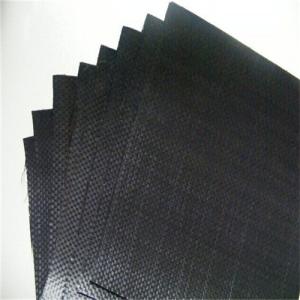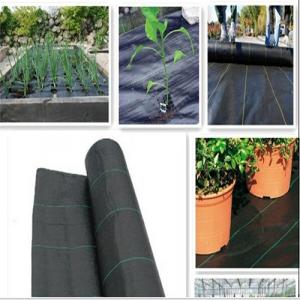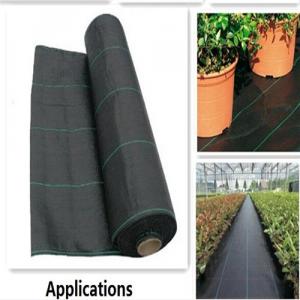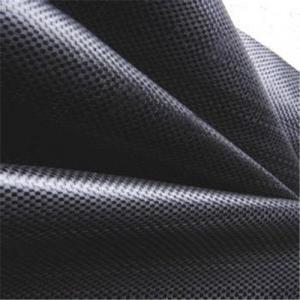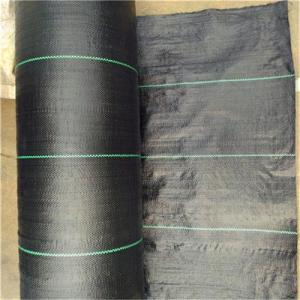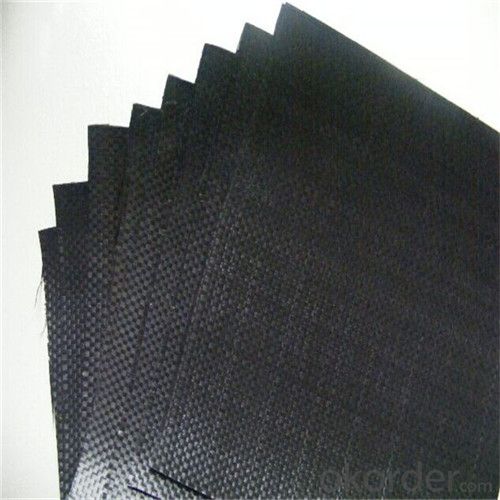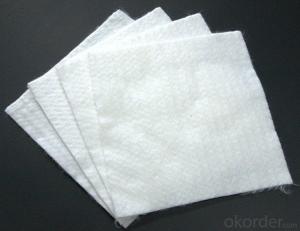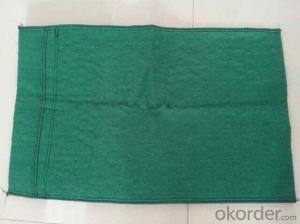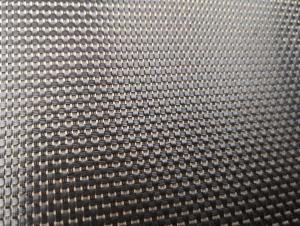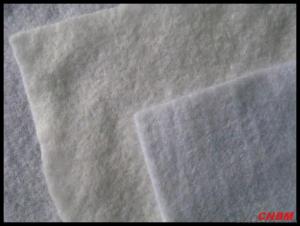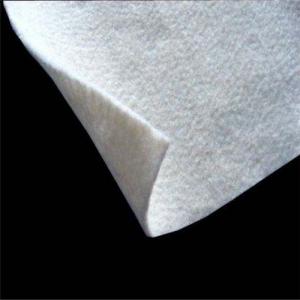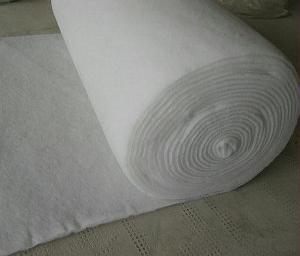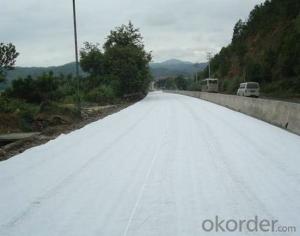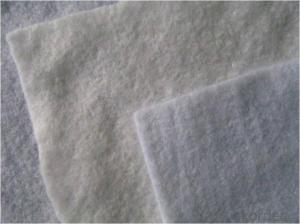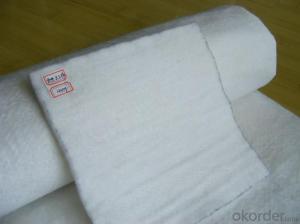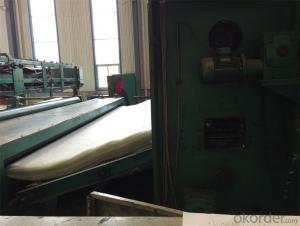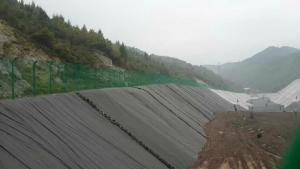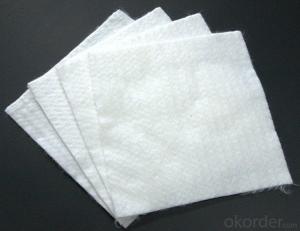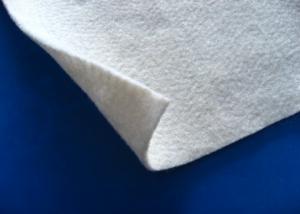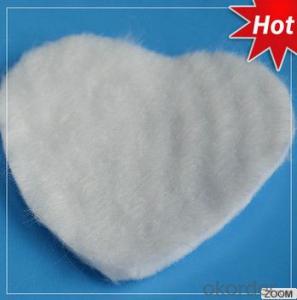Woven Geotextile Fabric for Road Construction
- Loading Port:
- China main port
- Payment Terms:
- TT or LC
- Min Order Qty:
- 2000 g/m²
- Supply Capability:
- 1000000 g/m²/month
OKorder Service Pledge
OKorder Financial Service
You Might Also Like
Specification
Woven Geotextiles Features
Woven geotextiles are used to hold soil in place
They can also be used under rip rap, gabions or precast block
Woven geotextiles area time and money saving alternative to traditional methods using graded aggregate or sand filters
They prolong the surface life and stabilize the foundation while providing a rugged separation layer between aggregate and subgrade
Measures 6-feet width by 300-feet length.
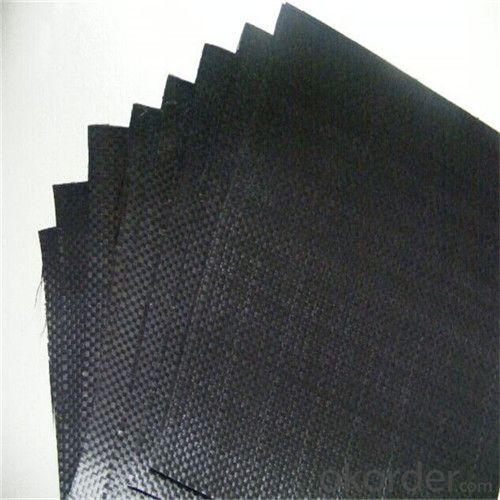
Woven Geotextiles Specification
1) Composition: 100% polypropylene
2) Weight: 10 - 300gsm
3) Width: as you request
4) Various colors available
5) Characteristics: environmentally-friendly, good tensile strength, soft, lightweight, non-toxic, water-resistant, air permeable
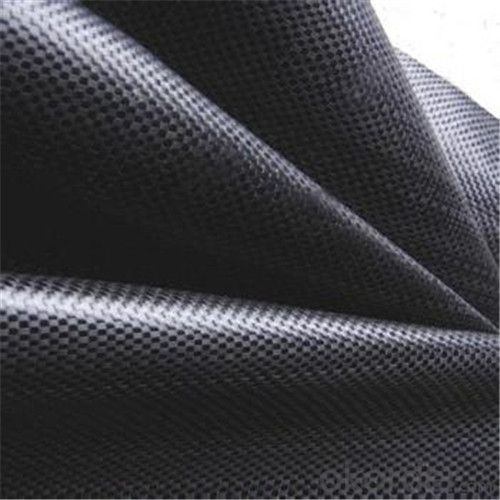
Quality Assurance
1.On a regular basis or as per your request,we entrust national testing agencies to conduct quality inspections
2. Strictly in accordance with the ISO9001-2008 international quality system standard,we monitor and manage the whole process throughout production,quality testing,and measurement to ensure product quality
3. For quality-related construction delay or substandard construction(except for damage or losses due to customer’s responsibility or irresistible natural disasters),we have refunding,replacement,and repair services.We will respond to customers’ feedbacks on quality issues within 24 hours.
After-sales service
1.In order to provide customers with comprehensive technical support,we will provide technical and other related information upon request in a timely manner.
2.In required,we will appoint specialized technicians to the construction site to give technical trainings to construction people,and offer technical guidance throughout the whole construction process.
3.For damage due to shipment and delivery,after we receive the complaint,we will check the issure through provided pictures and videos.If our responsibility is confirmed,we wil offer free replacement.
4.When the construction is completed,as your request,our technical staff may participate in the final acceptance.
FAQ:
Q: What kind of payments does jenor support?
A: T/T, L/C, Cash are accepted.
Q: Do you charge for the samples?
A: Accordeing to our company policy, the samples are free, we only charge the freight fee. And we will return the freight fee during the next order.
Q: Can you produce according to customers' design?
A: Sure, we are professional manufacturer, OEM and ODM are both welcome.
- Q: What are the routine tests of geotextile geotextiles?
- The geocell is mainly the tensile strength of the tensile test lattice sheet and the peel strength of the solder joint. Geotextile according to the specific circumstances of the use of the project 1. Roadbed reinforcement, isolation is mainly tensile test tensile strength, elongation, tear strength and CBR top broken 2. Filter with the addition of these also use the vibrating screen test Equivalent pore size 3. Maintenance is mainly weight, thickness and strength
- Q: What is the effect of tunnel geotextile failure on tunnel quality
- Will affect the settlement force of the tunnel.
- Q: How are geotextiles manufactured?
- Geotextiles are typically manufactured using a process called needle punching. This involves mechanically interlocking synthetic fibers together to create a strong and durable fabric. The fibers are first carded, meaning they are aligned and separated, before being fed through a machine that punches them with barbed needles. These barbs entangle and interlock the fibers, creating a stable fabric structure. Further processes such as heat setting, calendaring, and coating may be applied to enhance the geotextile's properties, such as increasing its resistance to UV degradation or improving its filtration capabilities.
- Q: Geotextile construction requirements of the use of adhesive specifications
- Hello, geotextile construction is very simple, laying with less cutting, less overlap for the principle. Take the head set aside about 25 cm. Using double take the head, sew two lines. This is in principle to ask this, the general construction can not do so carefully. Huazhi geotechnical materials manufacturers to answer, need to talk.
- Q: Do geotextiles and geogrids do check-in?
- Required, geotextile and geogrid material is qualified. But actually depends on the situation to set.
- Q: Small-scale geotextile and geotextile materials have no effect on environmental protection?
- The impact on the environment is certain, but the benefits outweigh the disadvantages. Geotextile production for environmental protection is both convenient and safe, has been widely used to solve the roadbed subsidence and frosting mud problem, for earth and rock dam drainage system, underground drainage pipes, soft foundation reinforcement, a variety of embankment slope slope And other works of the filter layer. In addition, it can also be used for soil reinforcement materials, so that the soft foundation reinforcement or the construction of light retaining wall, at the same time, but also reduce the embankment under the pore water pressure. And so on, not only to contribute to the cause of environmental protection, but also to stimulate economic development. Geotechnical materials development and application are very good, very broad development prospects. Hope to adopt.
- Q: Eva waterproof board and ecb waterproof board What is the difference between the two
- Both are waterproof panels, can be used for highway, railway tunnel seepage, but the product material is different, the appearance is not the same. EVA waterproof board there are two conventional, one is a simple EVA waterproof board without composite geotextile, the other is a combination of geotextile with the EVA waterproof board. Two collectively referred to as EVA waterproof board are tunnel waterproof board, is the main material of the tunnel seepage. ECB waterproof board there are two conventional, one is a simple white or black ECB waterproof board, the other is with self-adhesive asphalt waterproofing membrane. Both can be used for tunnel seepage.
- Q: What are the primary applications of geotextiles?
- Geotextiles have various primary applications that include erosion control, soil stabilization, drainage systems, road construction, and filtration.
- Q: Concrete maintenance with geotextile, Tonglu how to buy
- Huazhi geotextile material manufacturers
- Q: Can geotextiles be used in groundwater protection systems?
- Yes, geotextiles can be used in groundwater protection systems. Geotextiles are permeable fabrics that can effectively filter and separate soil particles and other materials, preventing their migration into groundwater. They can be used as liners, barriers, or filters in various groundwater protection systems, such as landfills, ponds, and stormwater management systems, to enhance water quality and prevent contamination.
Send your message to us
Woven Geotextile Fabric for Road Construction
- Loading Port:
- China main port
- Payment Terms:
- TT or LC
- Min Order Qty:
- 2000 g/m²
- Supply Capability:
- 1000000 g/m²/month
OKorder Service Pledge
OKorder Financial Service
Similar products
Hot products
Hot Searches
Related keywords
